Xiaomi has followed a similar pattern when it comes to Android One. The Mi A1 was a rebranded Mi 5X for global markets running pure Android, and last year's Mi A2 series was a rehash of the Mi 6X series. Basically, Xiaomi takes an existing product it sells in China, switches out MIUI for Android One, and releases it globally.
That formula is unchanged for 2019. The Mi A3 is the global version of the Mi CC9e but with Android One. That said, the Mi A3 has a glass back — eschewing the metal design of its predecessors — and Xiaomi switched to a Super AMOLED display. The glass design is a welcome change, and while it's great that Xiaomi is offering an AMOLED display, the fact that it is a 720p panel is a bit of a letdown.
For what it's worth, Xiaomi fixed a lot of the issues from the Mi A2: the 3.5mm jack sees a welcome return, there's a larger 4030mAh battery, and you get a 48MP camera at the back. The Mi A3 definitely has a lot going for it, particularly when you consider it retails for under $300. Here's what you need to know about Xiaomi's 2019 Android One phone.
The Good
- Android One goodness
- Premium design
- Decent camera
- Fantastic battery life
- 3.5mm jack is back
The Bad
- The in-display fingerprint sensor is terrible
- Display just doesn't cut it
About this review
I am writing this review after using the Mi A3 for just over a week in Hyderabad, India. The device was connected to Jio's 4G network and received a single update containing the July 2019 security patch.
Xiaomi Mi A3 Hardware

The Mi A3 doesn't look like its predecessors, and that's a good thing. Xiaomi fully embraced metal-and-glass designs this year, and the result is that the Mi A3 looks much more upmarket than its $250 asking price. Both the front and back glass panels are protected by a layer of Gorilla Glass 5, and the back has a mesmerizing gradient pattern if you pick up the blue or white color options.
Get the latest news from Android Central, your trusted companion in the world of Android
The blue variant has a swirling texture that shows up under light, while the white model has a pearl sheen with subtle shifts in color under light. Both colors are very distinctive, and immediately make the Mi A3 stand out. If you don't care much for a gradient finish, the standard grey model has a much more muted design. Oh, and Xiaomi decidedly went with a very Pixel-esque naming convention for the colors: More than White, Not just Blue, and Kind of Grey.
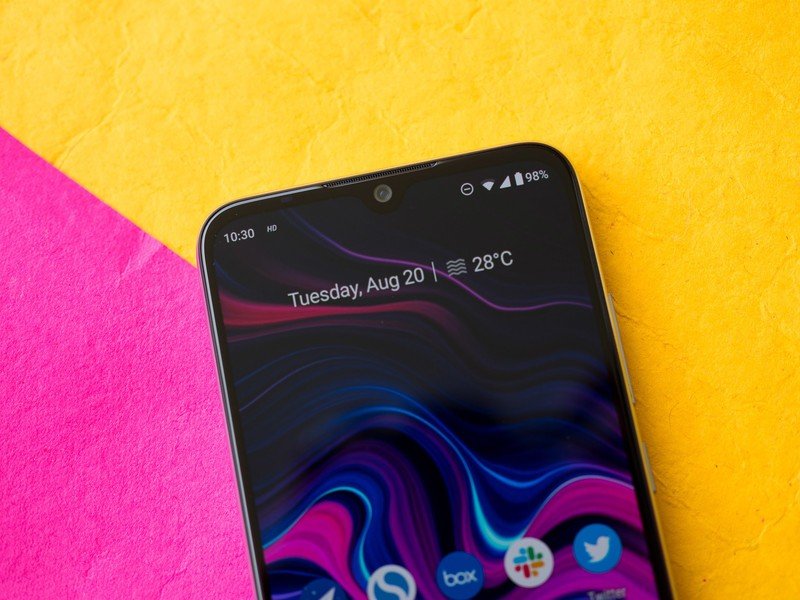
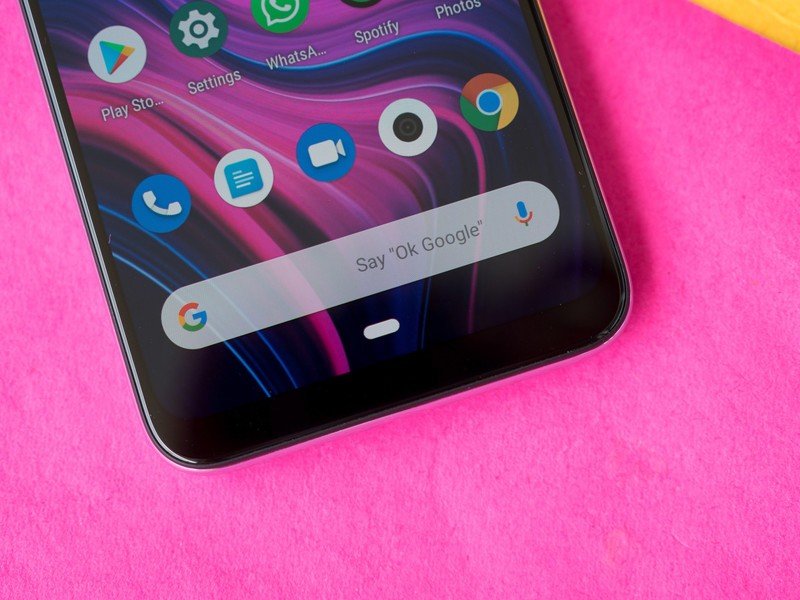
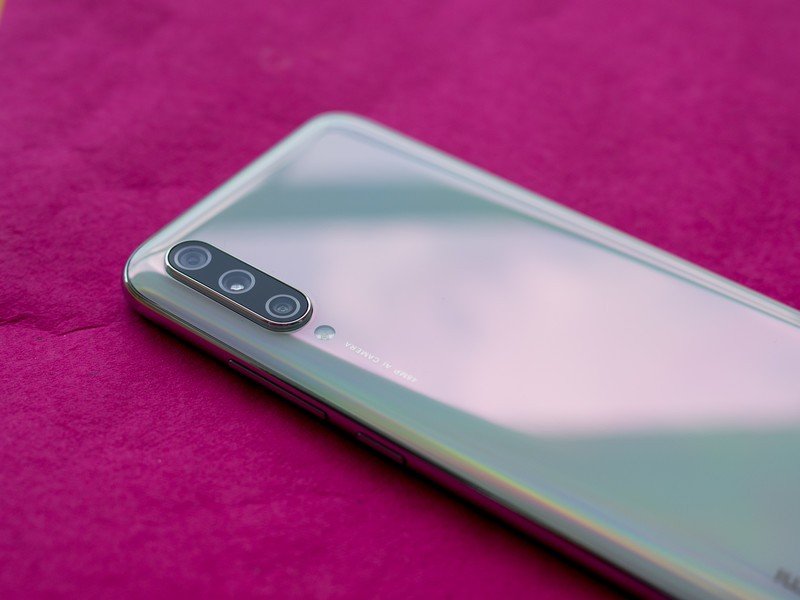
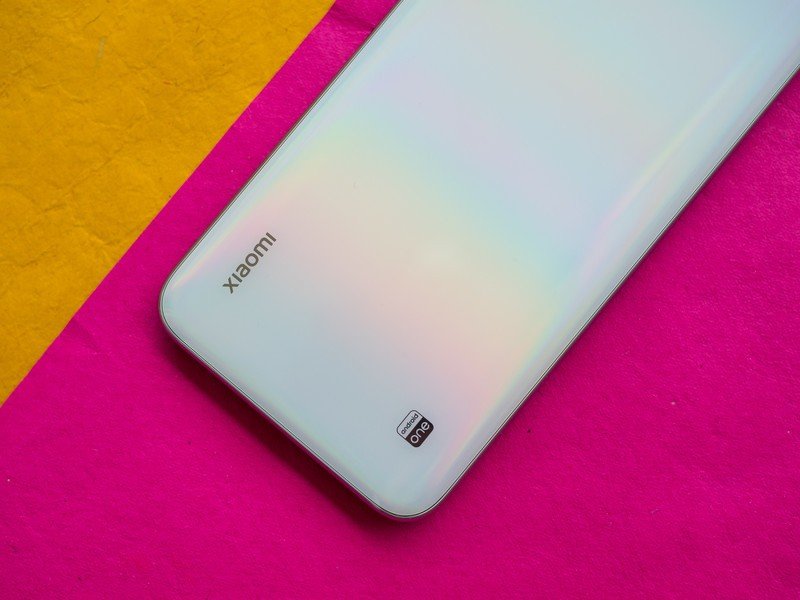
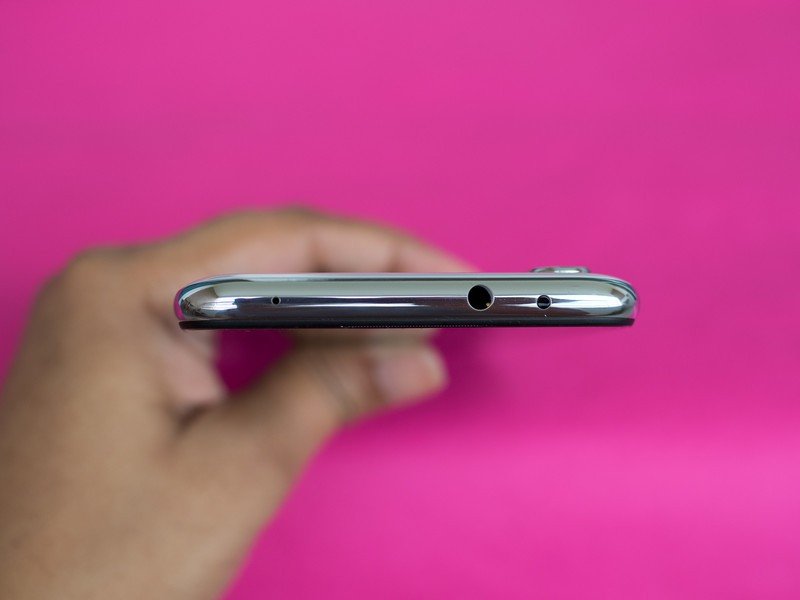
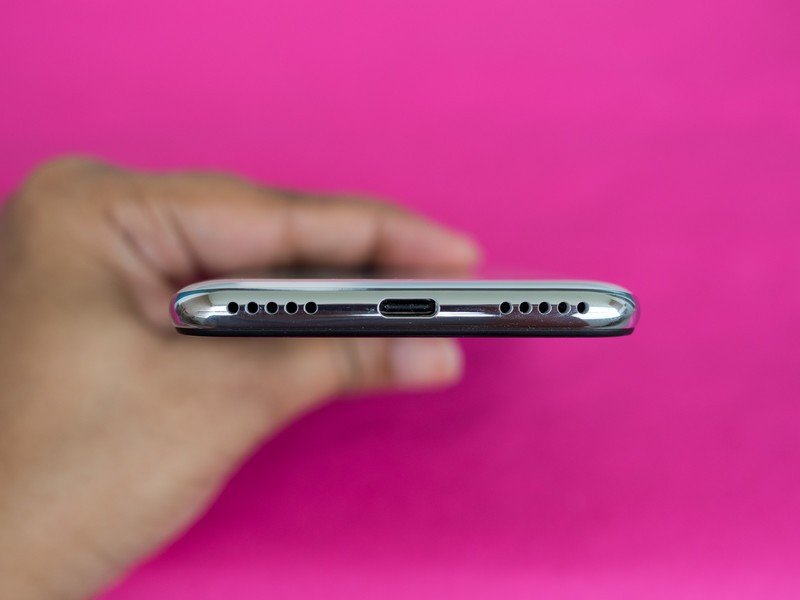
There is a camera bump at the back, with the sensor protruding slightly from the body. That leads to a wobble when using the device on a flat surface, which tends to get annoying. There's a 48MP AI camera branding underneath the camera lens, Xiaomi branding further down, and the Android One label on the other side at the bottom. The global variant, meanwhile, has regulatory labels next to the Android One branding, and it ends up looking quite busy.
The back curves around the edges to meet the mid-frame, making it comfortable to hold the phone. The power and volume buttons are located on the right — the positioning of the power button is ideal — and the SIM card tray is on the left. The Mi A3 has a hybrid slot, meaning you can use either two SIM cards or a single SIM card with a MicroSD card.
Even though you're getting an AMOLED panel, the 720p resolution is just not good enough for a device in this segment.
There's a single speaker located at the bottom next to the USB-C charging port, and the grille to the left is purely for aesthetics. There's another grille above the camera cutout for the earpiece, but it doesn't double up as a secondary speaker. That said, the single speaker gets sufficiently loud, and the audio quality was astonishingly good — I didn't notice any distortion with the volume turned all the way up. Xiaomi got rid of the 3.5mm jack in the Mi A2, but the analog jack makes its return in the Mi A3. It's a welcome change, and you also get an IR blaster at the top.
Now, onto the display: the Mi A3 has a 6.08-inch Super AMOLED display with a waterdrop cutout at the top. The screen size is marginally more than the 5.99-inch panel we saw last year on the Mi A2, but the thinner bezels and cutout for the front camera have allowed Xiaomi to cut down on the size. The Mi A3 is both shorter and narrower than its predecessor, and in general, it's great to use one-handed. It's a bit of a stretch to access the notification panel when using the phone one-handed, but other than that it's a great size.

As for the display itself, Xiaomi went with an AMOLED panel but lowered the resolution to 720p. You get a pixel density of 286PPI, and although the panel itself is made by Samsung, there's no denying the fact that it doesn't belong on a device in this segment. You will notice pixelation at times, and the screen doesn't get bright enough for outdoor use. There were instances where I struggled to make out the contents of the screen under harsh sunlight, and conversely, the panel is brighter than most devices at night. Even after turning the brightness slider all the way down, it felt like the screen was uncomfortably bright at night.
The in-display fingerprint reader is slow, unreliable, and just not worth the effort.
Another area where the Mi A3 falls short is the in-display fingerprint reader. This is the first time I've used an Android One device with an in-display reader, and it is one of the slowest modules I've come across. The sensor is painfully slow at the best of times, and the recognition rate is also abysmal. I can't help but feel that Xiaomi would have been better off using a traditional fingerprint sensor instead of going the in-screen route. It's just not worth the effort, and I resorted to using a PIN as the primary means of authentication.
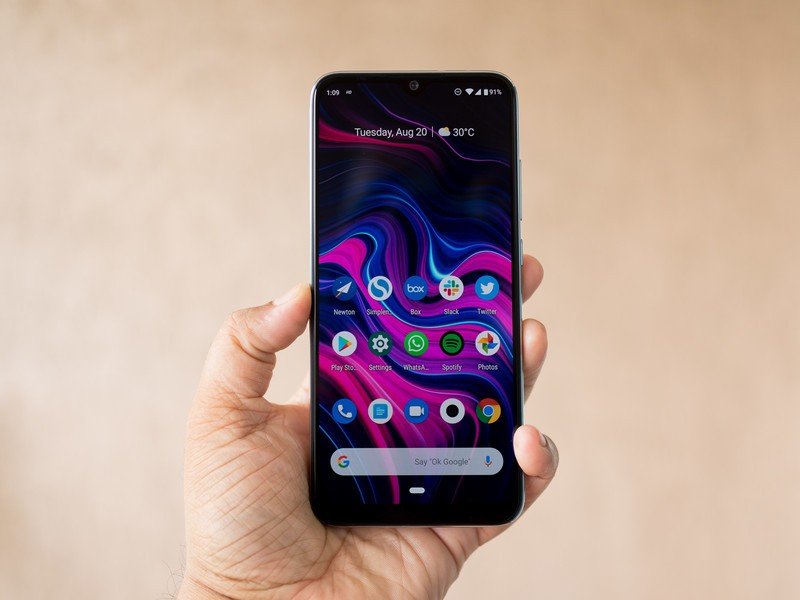
Coming to the hardware side of things, the Mi A3 is running the Snapdragon 665 along with 4GB of RAM and 64GB of storage. The base storage is now at 64GB — up from the Mi A2's 32GB — and you also get a variant with 128GB of storage, which also has 4GB of RAM. The phone features a UFS 2.1 storage module and a dual-channel LPDDR4X RAM module.
| Specs | Xiaomi Mi A3 |
|---|---|
| Screen | 6.01-inch HD+ (1560x720) Super AMOLED |
| Chipset | Snapdragon 665 |
| RAM | 4GB |
| Storage | 64GB/128GB |
| Software | Android 9.0 Pie |
| Rear Camera 1 | 48MP, ƒ/1.8 |
| Rear Camera 2 | 8MP, ƒ/2.2 |
| Rear Camera 3 | 2MP, ƒ/2.4 |
| Front Camera | 32MP, ƒ/2.0 |
| Security | In-display fingerprint |
| Battery | 4030mAh, 18W |
| Connectivity | Wi-Fi 802.11 ac, BT5.0 |
| Colors | More than White, Not just Blue, Kind of Grey |
| Dimensions | 153.5 x 71.9 x 8.5mm |
| Weight | 173g |
| Price | €250/$215 |
The Snapdragon 665 is a direct successor to the Snapdragon 660, and while it uses the same set of cores, the big cores are clocked slightly lower at 2.0GHz, versus 2.2GHz on the Snapdragon 660. Essentially, the chipset has four Kryo 260 Gold cores that are based on the Cortex A73 clocked at 2.0GHz, and four Kryo 260 Silver cores based on the Cortex A53 that are clocked at 1.8GHz.
On the GPU side of things, however, the Snapdragon 665 picks up a sizable upgrade thanks to an Adreno 610. But the most significant change is around the node itself: the Snapdragon 665 is built on an 11nm LPP node, allowing it to eke out much better energy efficiency over the 14nm Snapdragon 660. I didn't see any slowdowns or lag in day-to-day usage, and the Snapdragon 665 is more than adequate to push that 720p display. If anything, the low-resolution panel works out to the Mi A3's advantage in this regard.
Xiaomi put a massive 4030mAh battery in the Mi A3, and the more efficient node combined with a 720p screen allows the phone to deliver stellar results in this area. I routinely got over a day's worth of use from a full charge, and there wasn't a single instance where the battery level fell below 10% by the end of the day. There's a 10W charger in the box, but the phone is compatible with Quick Charge 3.0, letting you top it up at 18W.
Xiaomi Mi A3 Software
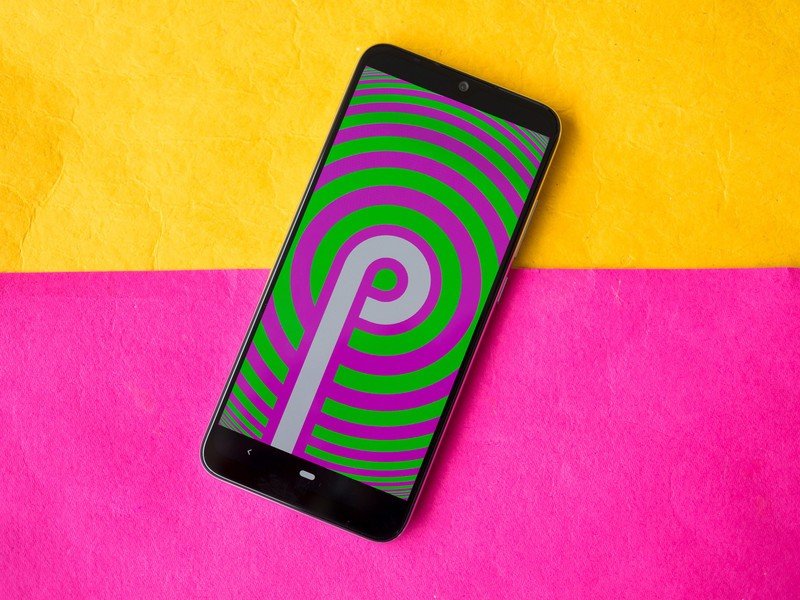
The best part about the Mi A3 is undoubtedly the software. Like every other Android One device, the Mi A3 has a clean user interface with no bloatware. That's a stark contrast from what you get with MIUI, making Xiaomi's participation in the Android One program all the more exciting.
Android One is the best part of the Mi A3.
The Mi A3 is running Pie out of the box, and in the week I used the device, I got a single update containing the July 2019 security patch. Xiaomi had issues with delivering the Oreo platform update on the Mi A1, but it has been smooth sailing after that, and updates shouldn't be an issue on the Mi A3.
As for the user interface itself, it is identical to what you'd find on any other Android One phone: the notification shade, quick toggles, overview menu, and app drawer are all unchanged. Pie-style gestures with the pill at the center are enabled by default, but you get the option to switch back to the traditional navbar with the three buttons. Like the previous two iterations, you get the Xiaomi camera app, which is a good thing. Aside from the FM Radio service, you don't get any pre-installed apps other than Google's offerings.
Overall, the Mi A3 delivers the same software experience that you'll be familiar with if you've used an Android One device in the past. Two years on, the combination of Xiaomi hardware and pure Android still holds up pretty well, and here's to hoping that continues.
Xiaomi Mi A3 Camera
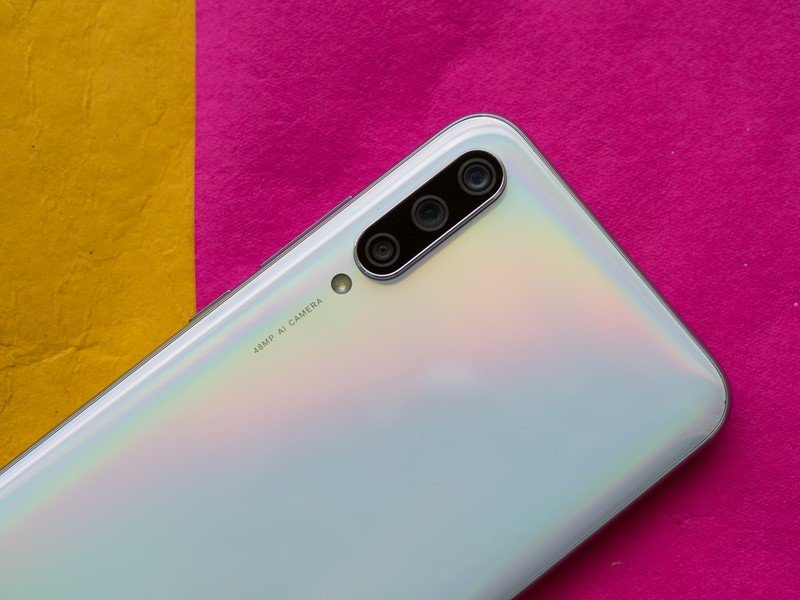
Like most Xiaomi phones in 2019, the Mi A3 comes with a 48MP primary camera that produces 12MP shots. The main camera is joined by an 8MP ultra-wide lens and a 2MP sensor for portrait shots. The camera interface is identical to what you'd find on any other Xiaomi phone, with modes accessible via swiping left and right. Xiaomi makes it easy to shoot in 48MP mode, and there's Night Mode as well.
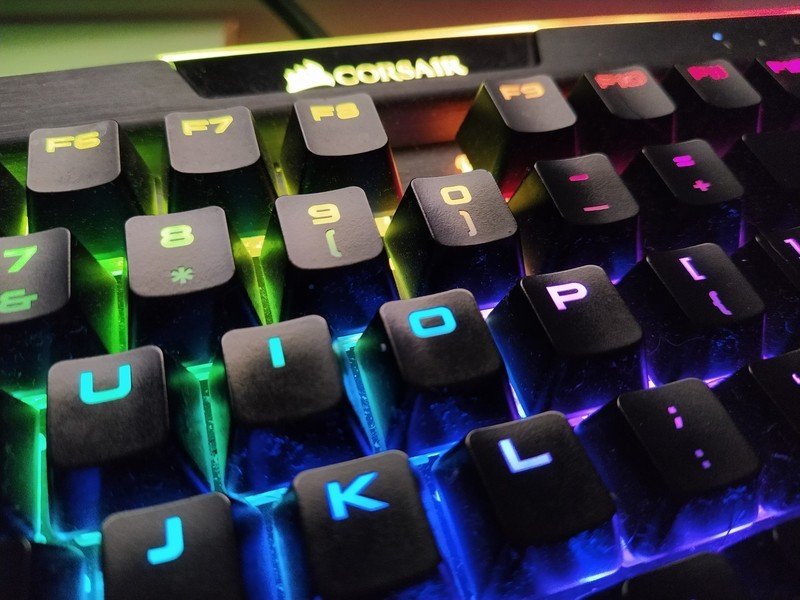



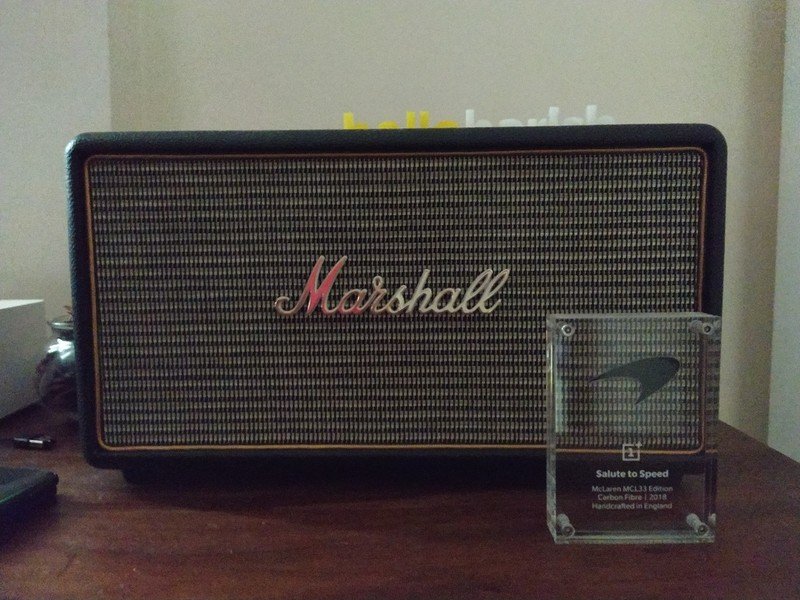
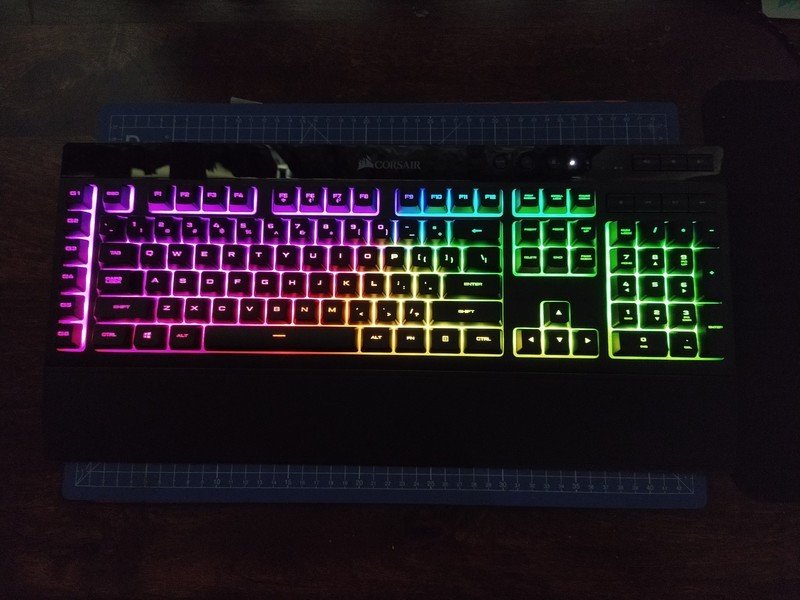
The Mi A3 does a fantastic job in daylight conditions, with excellent contrast levels, wide dynamic range, and accurate colors. The wide-angle lens doesn't do as good a job, but the resultant images are decent enough for sharing on social media platforms. Photos taken in low-light conditions aren't detailed enough, and there's a lot of noise, and using the dedicated night mode fixes the issue to an extent. The camera overall is pretty decent considering how much the Mi A3 costs.
Xiaomi Mi A3 Bottom line
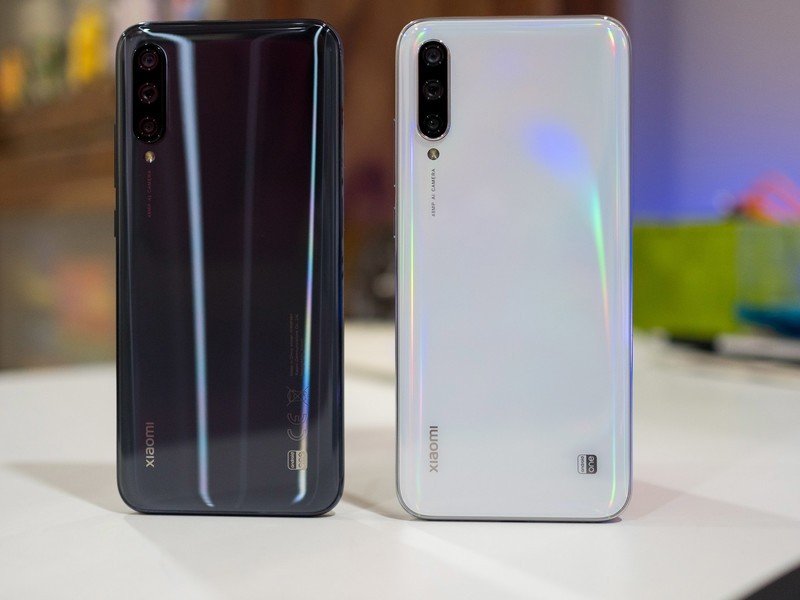
The Mi A3 is a pretty solid phone overall. It's great to see the return of the 3.5mm jack, the larger 4030mAh battery is also a welcome addition, but the main reason you should consider the phone is for the software. Xiaomi knows how to make stellar hardware, but MIUI is not to everyone's tastes, so the fact that you get Android One on Xiaomi hardware is pretty special, and that allure hasn't worn off with the Mi A3.
Sure, the 720p display is underwhelming, and I still don't understand Xiaomi's reasoning for switching to a lower-resolution screen. The in-display fingerprint reader is similarly annoying, but when you look at it as an overall package, the pros outweigh the cons. If you value clean software and don't mind the in-display reader, the Mi A3 is a solid choice.
But if it's value you're after, then Xiaomi's Mi 9 SE is a much better alternative. You're trading Android One for MIUI, but you're getting much more robust hardware with a 1080p AMOLED screen and 6GB of RAM.
Like all Xiaomi phones, the Mi A3 isn't available in the U.S., but you can pick up the global variant on Amazon for just $215. The caveat in doing so is that it doesn't have all the requisite bands for AT&T or T-Mobile. If nothing else, it makes sense to get the device just to see if it works in your area, because at $215, the Mi A3 trounces every other device in this category, Android One or otherwise.
3.5 out of 5
The Mi A3 is a decent showing if you're looking for a budget Android One device, but there are plenty of other phones in the market at around the same price point that come with more features. At the end of the day, that's the tradeoff you have to make — you can get great hardware for under $300, but you'll have to put up with clunky software. If you can look past the 720p display, the Mi A3 has plenty to offer.

An otherwise solid phone with one major drawback.
The Mi A3 combines a striking gradient design with decent internals and a clean software interface with the promise of quick updates. The 4030mAh battery easily lasts a day, the Snapdragon 665 chipset ensures there's no lag, and the 3.5mm jack is back. However, the 720p display is lackluster, and the in-display fingerprint reader leaves a lot to be desired.

Harish Jonnalagadda is Android Central's Senior Editor overseeing mobile coverage. In his current role, he leads the site's coverage of Chinese phone brands, networking products, and AV gear. He has been testing phones for over a decade, and has extensive experience in mobile hardware and the global semiconductor industry. Contact him on Twitter at @chunkynerd.

